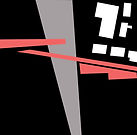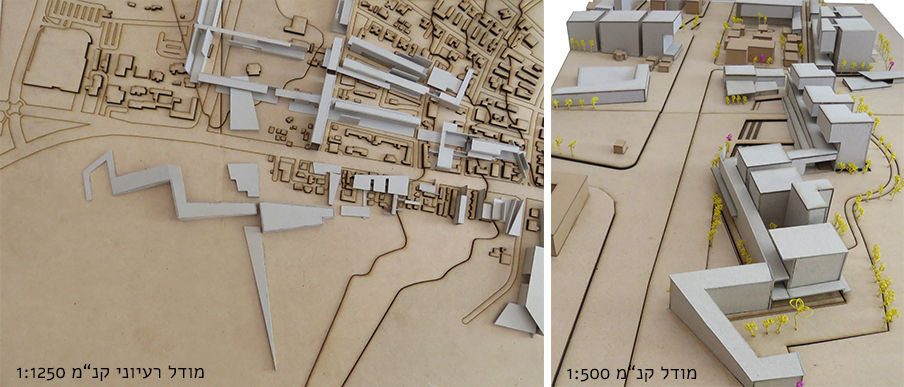Investigating the concept of "decadence", which means "degeneration", and in an urban sense, neglect, has led me to question whether we should always intervene and weed the wild grass or should we let it grow wild.
As a case study, I have chosen the city of Herzliya, located on the Israeli coastal plain. In fact, decadence is prominent in Herzliya. The city developed from its center and pushed towards its sides. Some of its neighborhoods are neglected, since they were considered disconnected and parasitic from the beginning. In my perspective, there are two cities: the city east of the Ayalon-highway and the city by the sea, Herzliya-Pituah.
I chose to engage in a point I call the "breaking-point" since at this point, the eastern city ceases, characterized by some neglected neighborhoods, and the sea-city begins; intersections, highways, a shopping mall, a completely different urban-texture.
Due to the proximity to all of these symptoms, I estimated that at this point, a new city center needs to be developed, one that will channel through the entire city, the east will be enhanced and the west will bring the speed and intensity.
My architectural act derives from the idea that decadence should lead to a planning based on the legitimacy to the city's existing buildings, creating new urban spaces and a unique movement experience on the seam between the old and the new, built and open, small and large.
the grass on the other side
A center that is also a wall











